Handicraft Guild Building
1907, 1914
PDF of the Handicraft Guild Building History

Located at 89 10th Street South, the Handicraft Guild Building was designed in 1907 by William C. Whitney (a local architect of national reputation), in the Georgian Revival interpretation of the Arts & Crafts Style, with a 1914 addition designed by Hewitt and Brown. Whitney’s focus had been primarily on residential buildings. He designed the Irvine House in St. Paul in 1911, which is now the Minnesota Governor’s Residence; Hewitt and Brown designed the Architects and Engineers Building in 1920, which is located at 1200 2nd Ave South; both of which are on the National Register of Historic Buildings.
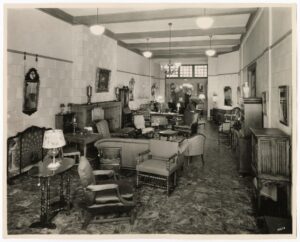
The Handicraft Guild was an artist collective and gallery space. The Handicraft Guild was founded in 1904 to meet the demand for craft classes to train public school teachers in the crafts. The origins of the Guild predated its establishment. Early supporters of the arts in Minnesota believed that art schools were more important than art museums or collections. Schools would establish the areas’ commitment to art and bring together artists and ideas.
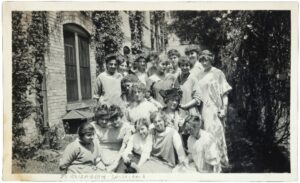
The Guild attracted distinguished instructors, studio artists, lecturers, and students. Painter, Grant Wood, ceramic tile maker, Ernest Batchelder, and painted porcelain artist, Henrietta Barclay Paist were three of its students.
In 1907, less than four years after its establishment in Minneapolis, the Guild constructed its own building. Capital for the construction was provided by philanthropist Joseph R. Kingman.
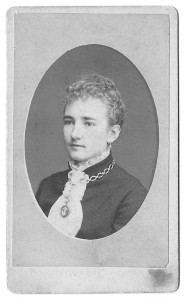
The building reflected the Arts and Crafts movement with beamed ceilings, dark rafters, and detailed wainscoting. The three-story brick building facing north is adorned with handcrafted ceramic tiles, burnished copper hoods, light fixtures of art glass and metal filigree, and wall sconces with peacock and tree motifs. The addition on the east, built in 1914, is two stories only but doubled the size of the building. The building has gray limestone sills, cornices, and detailing at the entrance.
There are two entrances facing 10th Street. The entrance on the east has lettering reading “91 Handicraft Building 91” in the frieze. Near the west entrance, there is a wrought iron gateway made by guild metal workers. There is a small entrance courtyard near the entrance with “Handicraft Guild” on the frieze.
The first floor housed a tearoom and sales area, and the second floor contained an auditorium, seating three to four hundred, and had dark beams and a vaulted ceiling. The third floor contained classrooms and workshops.
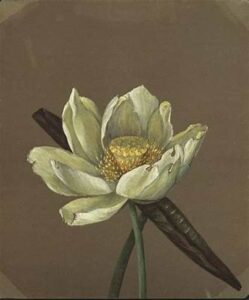
The studios and workshops were specifically designed for each craft’s needs. The pottery shop contained pottery wheels and two kilns. The metal shop contained an anvil and forge.
Two functions were served by the Guild: a school of design and handicraft and a two-year school for training art teachers.
Mary Emma Roberts was an American artist and educator. She, along with Florence Willets and Mary Moulton Cheney, founded the Handicraft Guild with Roberts as its president from 1906 to 1917. Roberts was a visual artist producing watercolor paintings of plants and flowers. Her work has been shown at museums in New York, Cleveland, Chicago, Cleveland, and Minneapolis. Roberts died in 1948 and is buried in Lakewood Cemetery. She facilitated collaborations between the public schools and the Minneapolis Institute of Art.
In 2022, the Uptown Art Fair celebrated the art of Mary Emma Roberts.
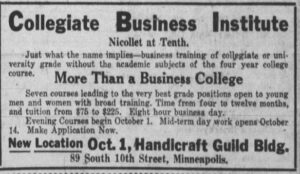
In 1919, because of its large enrollment, the Guild was absorbed into the University of Minnesota’s art education department. The building, however, remained a home for individual artists and continued as such until the mid-1970s.
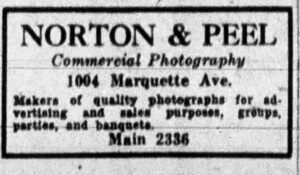
Over the years, the building was home to businesses related to music including Dahl Violin Shop, Givens Violins, and various teachers of voice. It was home to commercial photographer and sign maker, Norton & Peel Signs. The Collegiate Business Institute occupied space from 1919 to 1927.
The Handicraft Guild Building was home to design, upholstery, and furniture stores, including Sawhill in the late 1970s and early 1980s.
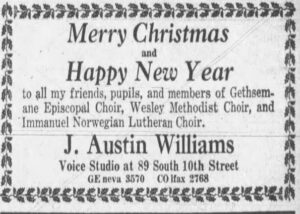
The Building housed two restaurants, Du Jours Casual Café, in the 1990s, and Devil’s Advocate, for a brief period, beginning in 2012.
In 1998, development was circling the building, and it appeared that the building would be demolished. Linda Mack, writing for the Star Tribune on July 14, 1998, stated, “The building’s illustrious history as the cradle of the Minneapolis arts community means it won’t go down without a knock-down, drag-out fight.”
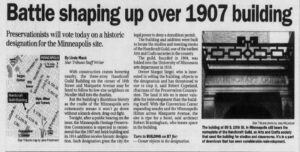 The building’s owner, Margot Siegel, had intended to sell the building as the land on which the building was located was more valuable than the building. A hotel was planned for the site.
The building’s owner, Margot Siegel, had intended to sell the building as the land on which the building was located was more valuable than the building. A hotel was planned for the site.
Robert Copeland, chair of the Preservation Commission, acknowledged that the building was being considered for historic preservation and that the owner had threatened litigation to stop the designation. The Commission had tried to nominate the building in 1995, but the owner had objected, and the Commission typically did not nominate buildings when the owner disagreed. With so many buildings being demolished for the development of the land, the Commission decided to move forward.
Jennifer Komar Olivarez, assistant curator for MIA’s decorative arts, sculpture, and architect, noted in Mack’s article that one of the charms of the building was that its current uses were similar to the original.
In 1998, Minneapolis designated the Handicraft Guild Building worthy of historic designation, giving the city the power to deny a demolition permit. The historic building remains.
